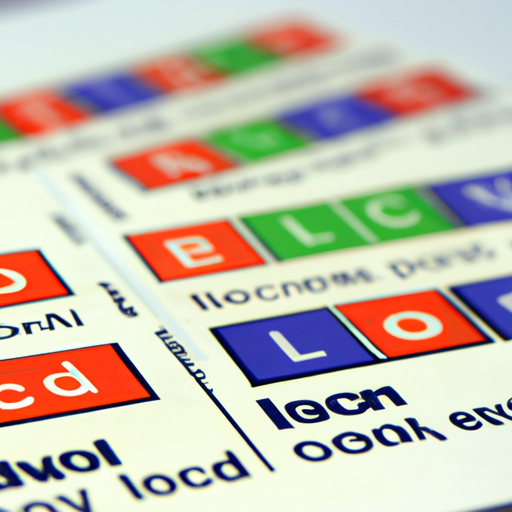In today’s fast-paced digital world, low latency communication has become a critical factor for the success of various real-time applications. Whether it’s online gaming, video conferencing, or financial trading, the ability to transmit data with minimal delay greatly enhances user experience. This blog post dives into the concept of low latency communication, its significance, and techniques to achieve it.
What is Low Latency Communication?
Low latency communication refers to the transmission of data with a minimal delay, ensuring that information is relayed almost instantaneously. Latency is the time taken for data to travel from the source to the destination. High latency can lead to delays, lag, and interruptions, which is detrimental for applications that rely on real-time interaction.
The Importance of Low Latency in Real-Time Applications
As the demand for real-time applications grows, so does the necessity for effective low latency communication solutions. Some critical areas benefiting from low latency include:
- Online Gaming: Gamers require immediate responses to their actions; even a slight delay can affect gameplay.
- Video Conferencing: For effective communication, it’s vital that video and audio streams are synchronized and transmitted without delay.
- Financial Trading: Traders depend on instant data to make quick decisions; even milliseconds can affect profit margins.
How to Achieve Low Latency Communication
Reducing latency involves several strategies that can improve network performance:
- Optimization of Network Infrastructure: Use high-quality equipment, such as routers and switches designed for low latency.
- Minimizing Data Overheads: Streamline the data being transmitted, avoiding unnecessary information that can increase processing time.
- Leveraging Content Delivery Networks (CDNs): CDNs store copies of data closer to end-users, reducing the distance data must travel.
- Utilizing Peer-to-Peer Technologies: P2P connections can help establish direct links between users, bypassing traditional servers and reducing delays.
The Role of Technology in Low Latency Communication
Key technologies have emerged to support low latency communication, including:
- 5G Networks: The latest mobile network technology significantly reduces latency, enabling faster mobile data transfer.
- WebRTC: This open-source project provides real-time communication capabilities in web browsers and mobile applications.
- Low Latency Audio/Video Codecs: These codecs are designed to compress and transmit audio and video data with minimal latency.
Conclusion
As real-time applications continue to gain popularity, understanding and implementing low latency communication becomes crucial. By optimizing network infrastructure, minimizing data overhead, and utilizing advanced technologies, businesses can enhance communication speed and user satisfaction. Embracing low latency is not just a trend; it is the way forward for a competitive edge in many sectors.
For more insights on low latency communication and how it can benefit your business, stay tuned to our blog!




